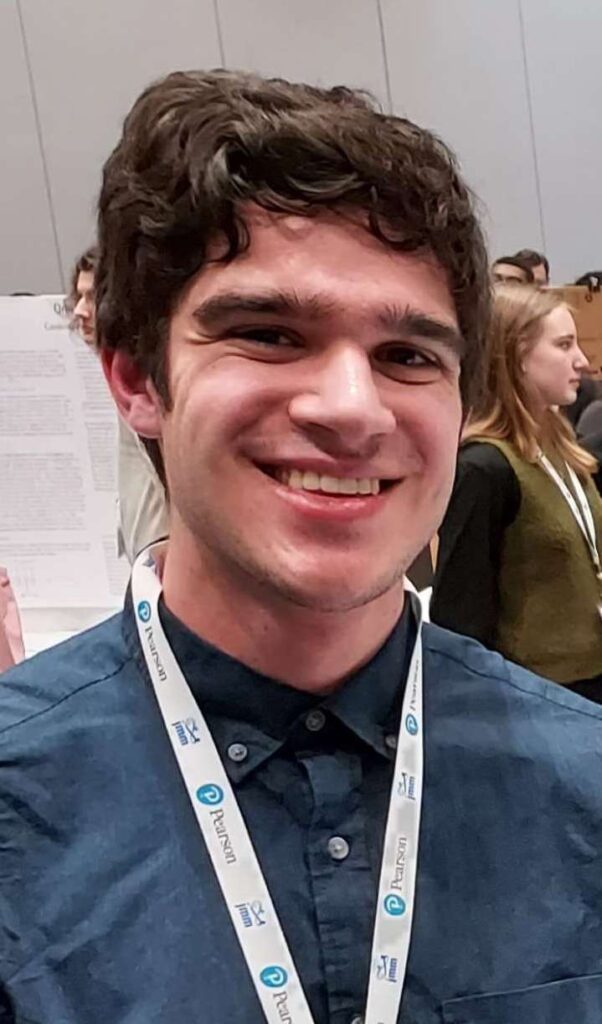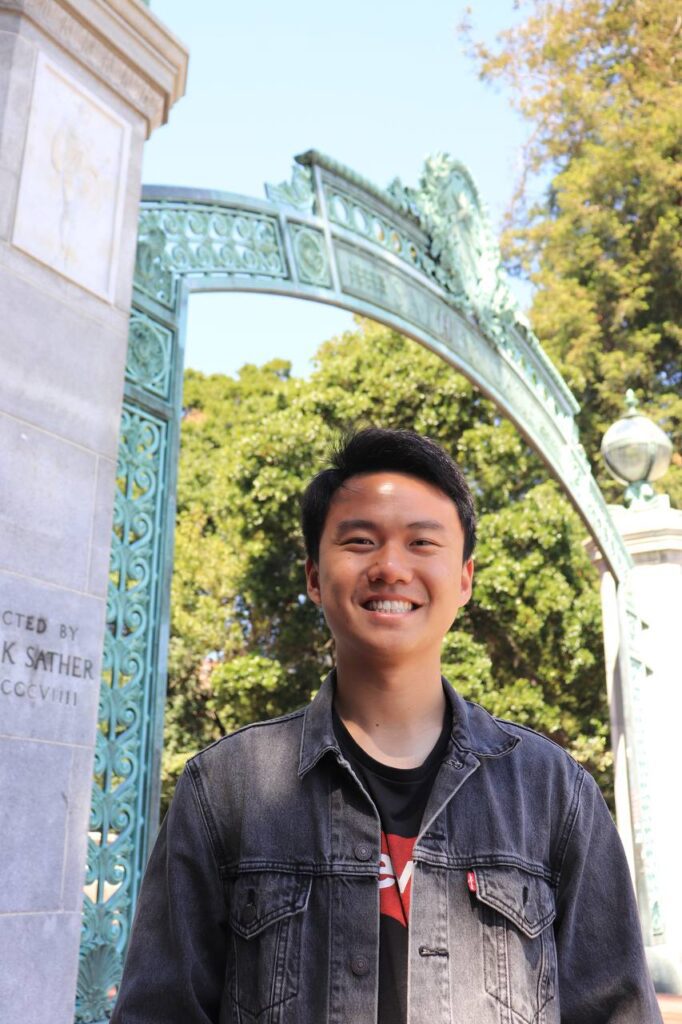Luc Nguyen

Transistors are the building blocks of modern technology. Layering additional materials on top can greatly change the characteristics of these devices, but it can be a difficult process. What if, instead, a molecule layer could be deposited instead, and manipulated into a desired state? This is possible by placing molecules on top of graphene and applying voltages to control them. However, this process is time consuming, and simulations are a necessary preliminary step in order to gain insight into the behavior of molecules. Previous simulations have shown promising results, but […]
Pouya Sadeghpour

The laser cooling and trapping of neutral atoms has enabled groundbreaking experiments in which atoms are confined in highly manipulable light fields and their interactions precisely controlled. These experiments are a powerful platform for simulating the physics of condensed matter systems with unprecedented control and read-out. So far, studies have been limited to atoms with zero orbital angular momentum in their ground states (such as Alkalis), or large orbital angular momentum and large magnetic moments (such as Lanthanides). Recently it has been proposed that the fermionic isotopes of Titanium, which […]
Matthew Liu

Understanding how and why proteins evolve is vital to grasping the fundamental biological processes governing everything from disease treatment to evolutionary biology. Classical sequence-based models of protein evolution make unrealistic assumptions ignoring behavior like coevolution of amino acids, which limits their explanatory power. Capturing such complex interactions requires a deep understanding of protein structure and how sites interact. To do this, my project introduces the first structure-based model of its kind for protein evolution, adapting models from protein design to contribute to a novel literature on deep models of protein […]
Ayesha Mahfuz

My research project as a SURF fellow focuses on developing innovative DNA probes to enhance the capture of targeted genomic sequences. Utilizing our lab’s open-source tool, AncestralClust, I aim to refine and expand the design of probes that can accurately and efficiently target specific regions within genomes such as ITS2 and C01. The latter comprises over 2 million sequences, presenting a complex challenge in bioinformatics. By adjusting various parameters within AncestralClust, such as the number of sequence clusters and the minimum descendants per branch, I strive to optimize probe design […]
Aren Martinian

In the past few years, neural networks have gone from obscure to ubiquitous. This technology is shockingly versatile, but conceptually ill-understood: there is a large gap between practice and theory, and much has yet to even be conjectured. For example, scientists are baffled by the overfitting paradox. Overfitting is usually a problem when programmers model a complex system such as the brain. Programmers must base their model on finitely many examples of that system’s behavior. Traditionally, programs that perfectly replicate these examples forget the underlying system. Surprisingly, large neural networks […]
Daven Lim

Genetic diversity has been widely associated with the adaptability and survival of populations, and extensive research has focused on single nucleotide polymorphisms (SNPs). Despite also contributing substantially to genetic diversity, structural variation (SV) has been comparatively less studied. In particular, there has been little research that broadly surveys SV diversity and explores its relevance to conservation across the tree of life. This research aims to a) identify SVs that segregate within a single individual across diverse taxonomic groups, b) characterize the diversity, origin, and potential functional impact of SVs in […]
Dana Kim

My research focuses on developing and implementing advanced deep-learning models to significantly enhance the interpretative accuracy and efficiency of medical imaging, thereby improving disease diagnosis processes. This initiative addresses the urgent need for sophisticated diagnostic tools capable of managing complex diseases effectively and seeks to overcome the limitations associated with human-dependent analysis. The research utilizes a diverse array of medical images such as MRIs, CT scans, and X-rays as primary data for the training and refinement of algorithms. The research methodology is organized into distinct phases: Data Collection and Labeling, […]
Daniel Lee

Graphene-based “twistronics” – samples with multiple layers of graphene stacked possibly with twists – have shown to host a plethora of interesting physics, such as superconductivity and dissipationless transport. At the heart of all this physics lies the moire pattern – large periodic structures when two or more layers of graphene are stacked on top of each other with a twist. The geometry of the moire structure for a particular graphene twistronic determines its electrical properties. Recently, a “magic-angle” of 1.9° has been proposed for helical trilayer graphene (HTG), a […]
Tony Li

Edge computing explorations in POET(Private Optimal Energy Training) and large language model fine-tuning studies revolved around Gorilla LLM with RLHF(Reinforcement Learning Human Feedback)
Joshua Ho

Particle physicists seek to understand particles and the physical laws governing their interactions by building particle colliders. These colliders provide a large amount of data, and due to the probabilistic nature of particle physics, researches are turning towards ML to model complex physical processes. With the rise of foundational models like ChatGPT, particle physicists have been inspired to create a large scale, general purpose model that has been trained on a vast amount of data to serve as a strong starting point for various specific tasks, that can be fine-tuned […]